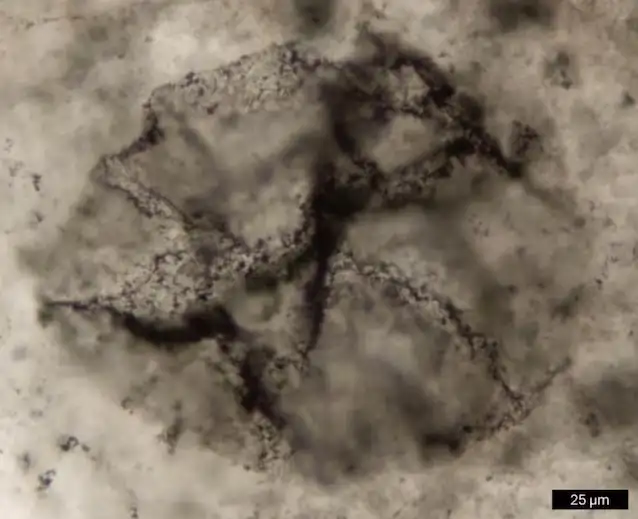Scientists have developed a new approach that can detect the chemical “fingerprints” of living organisms in ancient rocks and extract the oldest traces of life on Earth.
Using this new technology, researchers in South Africa have discovered evidence of microbial life preserved in ancient rocks about 3.3 billion years old, from a time when the Earth was about 4 times younger. They also found that stones that are about 2.5 billion years old contain molecular traces of oxygen-producing, photosynthetic microbes.
The method is based on machine learning and can distinguish organic molecules of biological origin from non-biological ones with more than 90 percent accuracy, revealing chemical patterns characteristic of life.
“Amazingly, we can detect ancient traces of life even in molecules that have almost completely decayed over time,” said lead author Robert Hazen, a mineralogist and astrobiologist at the Carnegie Institution of Washington. The paper was published this week in the journal Proceedings of the National Academy of Sciences. “This is a real change in our approach to the search for ancient life.”
“We collect and condense carbon-rich molecules, analyze them to get thousands of small molecular fragments, and then use machine learning to study their distribution. The human eye can only see hundreds or thousands of small peaks, whereas machine learning reveals subtle patterns that distinguish once-living molecules from non-biological ones.”
Until now, the search for ancient life has relied mainly on the discovery of fossils. The Earth formed about 4.5 billion years ago, and the first life forms, microbes, probably arose in marine hydrothermal vents or terrestrial hot springs a few hundred million years later.
The oldest confirmed fossils known today are stromatolites, dome-shaped structures formed by bacterial mats, found in Australia, about 3.5 billion years ago, and microbial mats of the same name in South Africa. However, such fossils are scarce.




















